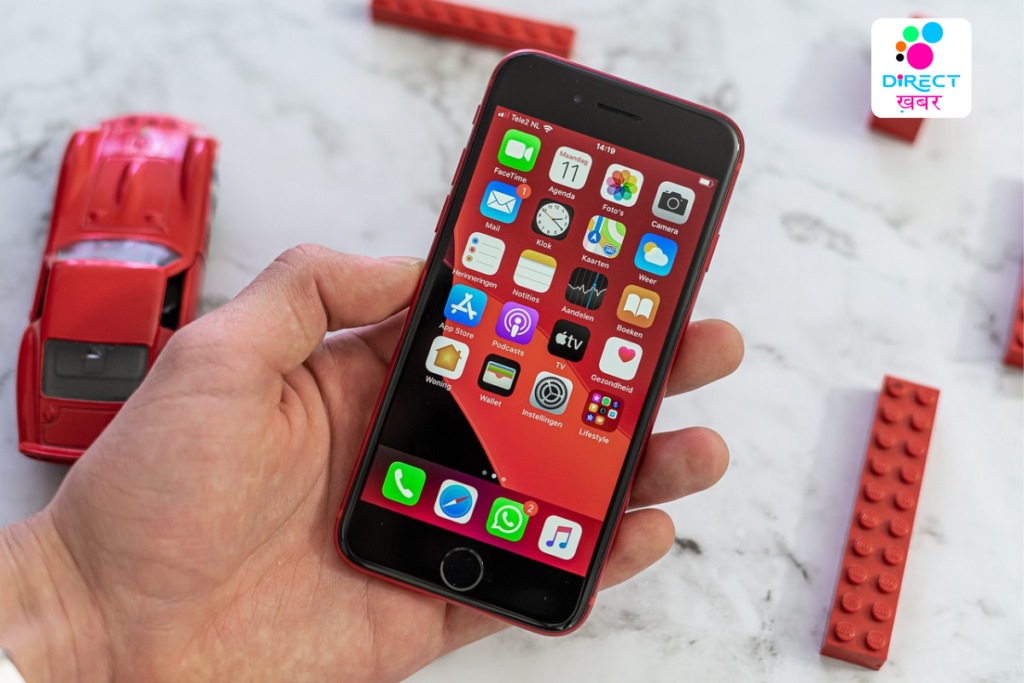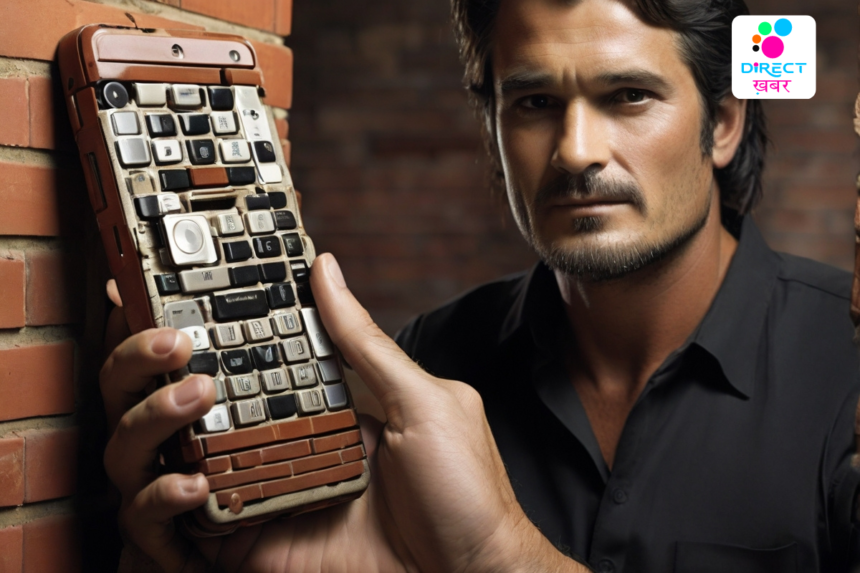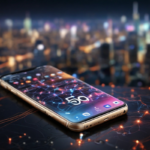From Brick Phones to Smartphones: A Journey Through Mobile Technology
Mobile technology has transformed the way we communicate, work, and navigate our daily lives. The journey from cumbersome brick phones to sleek, multifunctional smartphones has been nothing short of revolutionary. This exploration delves into the pivotal moments, technological advancements, and societal impacts that have shaped the evolution of smartphone devices.
The turn of the millennium heralded the rise of feature phones, which represented a significant step forward in terms of functionality and user experience. These devices boasted color displays, rudimentary internet browsing capabilities, and basic multimedia features such as cameras and MP3 players. Nokia, in particular, dominated this market with its iconic 3310 model, which achieved cult status for its durability and reliability.

The Era of Brick Phones (1980s-1990s):
- In the 1980s, the first commercially available smartphone phones, such as the Motorola DynaTAC, emerged.
- These devices, colloquially known as “brick phones,” were large, heavy, and expensive.
- Limited battery life and analog technology restricted their usability and accessibility.
- Despite their drawbacks, brick phones laid the groundwork for future smartphone innovations and demonstrated the potential for portable communication.
Advancements in Mobile Communication (1990s):
- The 1990s witnessed significant improvements in mobile technology with the advent of second-generation (2G) cellular networks.
- Digital voice calls and Short Message Service (SMS) capabilities became standard features in mobile phones.
- Compact designs, such as the Nokia 5110 and Motorola StarTAC, made smartphone communication more convenient and portable.
- Increased network coverage and affordability contributed to the democratization of mobile phones, expanding their reach globally.
The Rise of Feature Phones (Late 1990s-2000s):
- Feature phones emerged as a bridge between basic mobile phones and smartphones.
- These devices offered enhanced features such as color displays, basic internet access, and rudimentary applications.
- Nokia’s iconic models, including the Nokia 3310 and N-Series, exemplified the popularity and versatility of feature phones.
- The introduction of mobile games, customizable ringtones, and interchangeable covers enriched the user experience and fostered personalization.
Revolutionizing Mobile Computing: The Birth of Smartphones (Early 2000s):
- The early 2000s marked a paradigm shift with the introduction of smartphones, combining telephony with computing capabilities.
- BlackBerry, Palm, and Windows Mobile pioneered the smartphone market, offering email synchronization, internet browsing, and productivity tools.
- Apple’s iPhone, launched in 2007, redefined the smartphone landscape with its intuitive touchscreen interface, App Store ecosystem, and multimedia capabilities.
- The emergence of Google’s Android operating system fueled competition and innovation, leading to diverse smartphone offerings and customization options.
The Smartphone Era (2010s-Present):
- The 2010s witnessed exponential growth in smartphone adoption and technological advancements.
- Faster processors, larger high-resolution displays, and advanced camera systems became standard features in flagship smartphones.
- App ecosystems flourished, offering a plethora of services ranging from social networking to mobile banking.
- Smartphones revolutionized various industries, including healthcare, education, and entertainment, by enabling remote access and personalized experiences.

Future Trends and Innovations:
- Anticipated advancements in mobile technology include the widespread adoption of 5G connectivity, enabling faster data speeds and low latency.
- Augmented reality (AR) and virtual reality (VR) technologies are poised to revolutionize user experiences, blurring the lines between the physical and digital worlds.
- Foldable and flexible display technologies offer new form factors and possibilities for multitasking and productivity.
- Continued focus on sustainability and environmental responsibility in mobile device manufacturing and recycling processes.
The evolution of mobile technology from brick phones to smartphones epitomizes human ingenuity, innovation, and connectivity. As we embrace the possibilities of tomorrow, it is essential to reflect on the transformative journey that has brought us to this point. Mobile devices have transcended their initial purpose as communication tools to become indispensable companions that shape our interactions, productivity, and experiences in an increasingly interconnected world.






